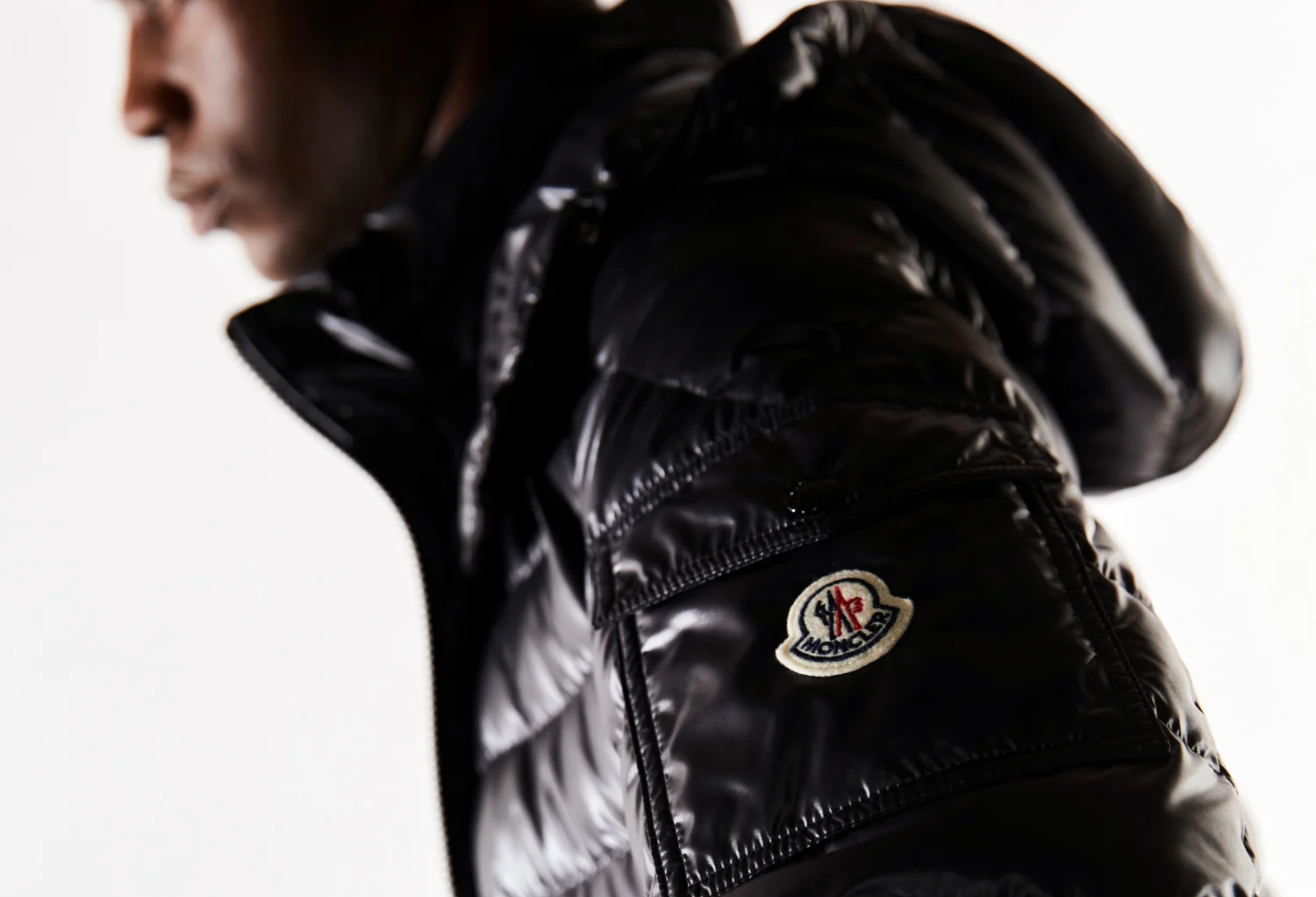The way of Burberry

Few brands have undergone such significant yet far-from-unstabilizing changes like Burberry has. The British fashion brand has a rich history that spans well over a century. In 1856, Thomas Burberry founded the house at the age of 21, starting as a small outfitter's shop in Hampshire (England). Burberry clothing's early focus was on outerwear, designed with meticulous craftsmanship to withstand the rough weathers of England.
It was him, allegedly, who invented the gabardine fabric:, a breathable, weatherproof, and long lasting textile that would become the basis of the iconic Burberry trench coats. In the late 19th century, Burberry clothing gained momentum for its innovative clothing design and its reputable craftsmanship. The Burberry trench coat became a symbol of practical English elegance and sophistication. The distinctive Burberry check pattern (named Vintage Check) was introduced in the 1920s, quickly becoming synonymous with the brand until the present day.
As times changed and years passed, Burberry's notable influence continued to grow, and its product offerings expanded to include not only outerwear but also accessories, fragrances, and ready-to-wear collections.
How the Burberry clothing brand evolved in terms of creative direction
In 2001, Christopher Bailey joined the brand’s creative team as Design Director, to become the Creative Director in 2004. His work injected new life into the brand, modernising classic designs, incorporating new technologies into the brand's marketing, and successfully reinvigorating the historical label’s image. Under Bailey's creative leadership, Burberry experienced a full bloom renaissance.
Bailey's tenure was marked by his ability to blend Burberry's heritage with contemporary trends, namely in the early to late noughties (or early 2000s). His runway shows, which were some of the first to be live streamed, transformed the way fashion shows were presented and engaged audiences worldwide through social networks. He managed to restore Burberry's luxury reputation in the contemporary scenario, while keeping its rich legacy alive.
After Bailey’s departure from a long 17 year stint at the house, in 2018, Italian designer Riccardo Tisci took over as Chief Creative Officer. Tisci brought his own fresh perspective to Burberry, after being embraced by the house of Givenchy. In infusing his signature, new-goth style into the English house, his designs aimed to embrace a broader range of younger consumers while maintaining Burberry's sense of timeless elegance. Tisci's collections showcased a mix of streetwear influences with classic tailoring, appealing to a younger demographic that the label hadn’t touched upon yet. It was during his era that Burberry became the very first luxury house to be named carbon-neutral (in 2021). Their goal is now to become carbon positive by the year 2040, a step changing the entire luxury industry’s direction.
In 2022, to the whole fashion world’s surprise, another significant shift occurred within the Burberry brand. known for his impressive rebrand work at Bottega Veneta, Daniel Lee stepped in as the new Creative Director, debuting his first collection in February of 2023. His appointment marked a swift departure from Tisci's touch, and marked a new direction for Burberry. Lee's design philosophy reinvigorates craftsmanship and luxury. The brand's refurbishment under his guidance is aimed at embracing an understated aesthetic, all the while preserving Burberry's iconic elements.
As a key house at OTTODISANPIETRO, Burberry's journey from its handmade tailoring beginnings to its current status as a global luxury fashion brand has been deeply stamped with innovation, iconicity in their designs, and a proactive adaptation to changing times.


